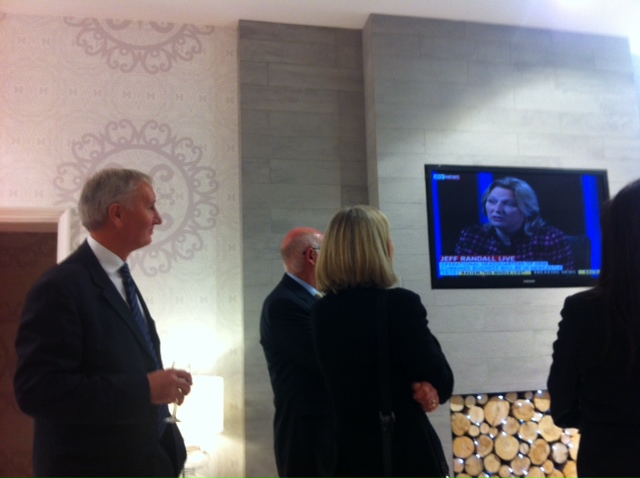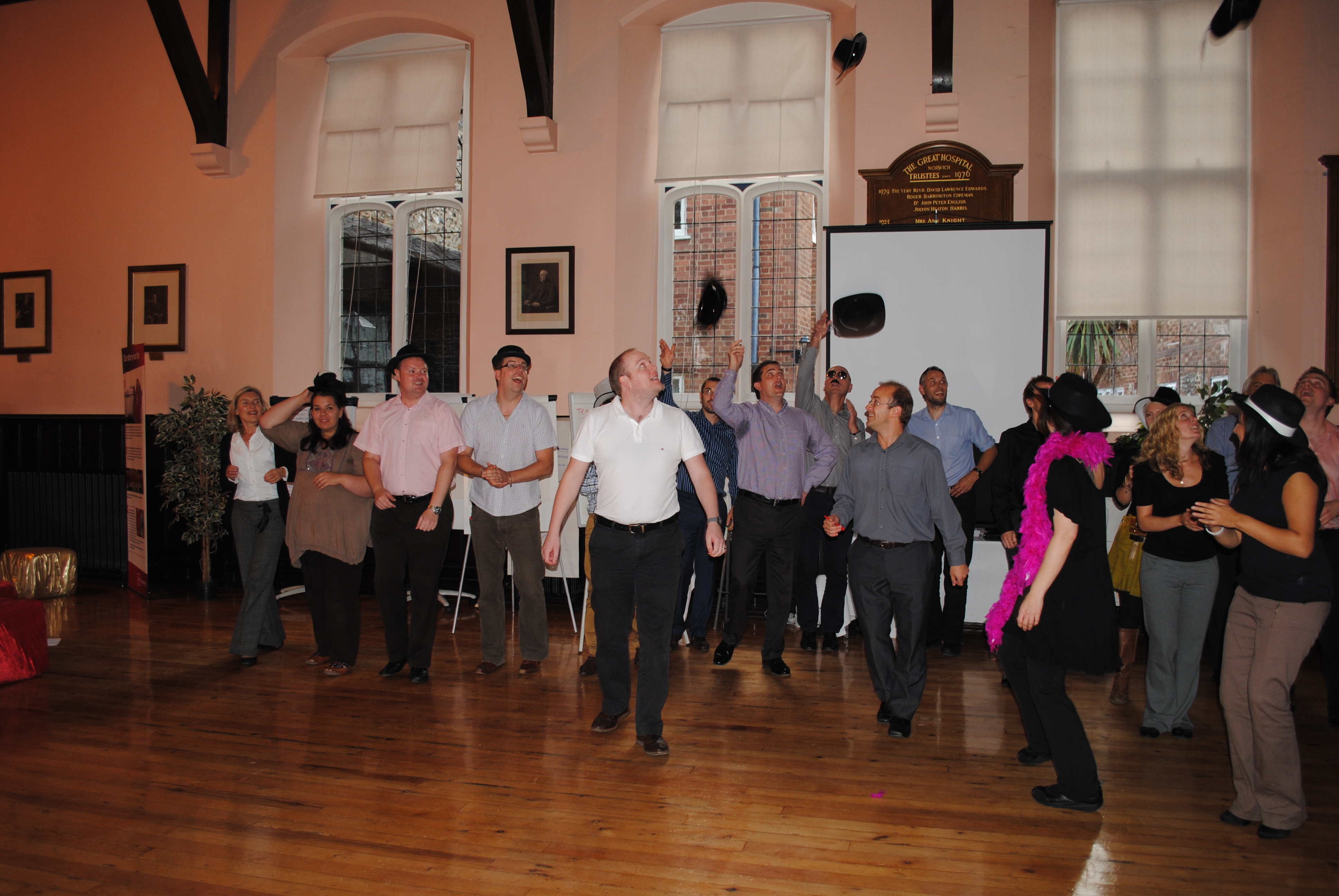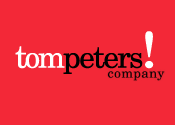My holiday reading this summer included a book by Nicholas Carr, The Shallows, a fascinating book which looks at how the internet is affecting the way we think, read and remember.
In the 20 years of its existence, the internet has had a remarkable impact on most peoples’ lives and in particular on the way that we communicate and interact. In this book, Carr has looked at whether there is anything about this revolutionary medium that has deeper implications. I think there are messages here for anyone involved in education and training, for students, their parents and researchers, and also for leaders who are looking for their team members to be productive and creative. For myself, I was interested to understand how the internet might be affecting learning and development – a particular focus of mine. On the face of it, the internet is a boon for learning, making information and learning communities readily accessible to many people, but are its benefits balanced by any disadvantages? And if so, should we be doing anything about it?
Carr’s is a scholarly book that tracks the essential roles that language, literacy, and reading have played in human development, particularly in the 500 years since the Gutenberg press democratized reading for the masses. Some would argue that the internet gives even more people even greater access to information than is possible via books, but there is an important difference in the medium of the internet, which centres on the attention we pay to material delivered that way.
A critical step in the conversion of information into knowledge and wisdom that can be applied may not be obvious at first glance. For information to be useful to us, a period of deep thinking has to take place. New information enters the brain through the short term, working, memory. That information becomes useable when it moves from our short term (limited capacity) to our long term (infinitely capacious) memory. We must put effort into creating new or revised mental models that incorporate any new data. This can only be done in a gradual way, and requires attention and reflection; we need to take control of our thinking process and this is done by applying focus.
The bad news for learners is that focus is something that humans instinctively find difficult. We are much more inclined to let ourselves be interrupted – after all, in the early days of man’s existence, being alert to both threats and opportunities may well have been the characteristic which ensured the survival of the species. The ability to read and reflect is a relatively new skill for humankind and not one that comes naturally.
We find ourselves today in an Aladdin’s cave of potentially limitless interruptions; text messages, emails, twitter feeds, rss feed readers, facebook messages, the list is endless! And the interruption goes further when you consider the way text is presented on the internet – multimedia presentations of all kinds, and the ‘helpful’ addition of hyperlinks to enrich our reading. No wonder it is almost impossible to persuade young people to read books these days – they’ve got much more rewarding things to spend their time on! Unfortunately, all of these distractions end up diminishing our learning experience because they block and overwhelm our short term memory, serving up tit bits of data in bite-sized chunks that reward our desire for new things, but not converting into anything useful.
The more sinister undertone to Carr’s findings is that this shift in the way we use our brains actually alters the brain’s neural pathways. Neural pathways that are heavily used come to dominate the way we think, and those that are underused diminish – use it or lose it, as the old saying goes!! Thinking about my own working habits, I can see the lack of focus creeping into my daily practice. Leaving open applications like Twitter, email and Facebook which tell me when something new has been posted is energizing, but distracts me from any activity that requires concentration. I often find that I have wiled away several hours following links from one blog, article or website to another, without anything meaningful having been achieved. Many times, I forget how I actually got started on a train of thought. And having got into the habit of summarizing interesting snippets in Twitter means that I tend to reduce my thoughts to catchy sound-bites – hardly exercising my grey matter to any real extent. Oh dear;-( Something has got to change!
If you are a leader, an educator, a learner or a parent, I’d highly recommend that you read the book, but in the meantime here are a few of the resolutions that I have decided to incorporate into my daily routine;
First of all, I am separating my communications and interactive activities from my reflective activities – putting aside at least half of my available work time for thinking that requires focus.
Secondly, I will always have a new serious/business book ‘on the go’ and I will discipline myself to spending time collecting and using my thoughts in some tangible way (hence this blog!). I might still Twitter about it a bit, but that won’t be my only reflection – honest!!
Thirdly, I will occasionally buy myself a paper version of the online newspaper that I subscribe to. The paper version will induce deeper reading than its online ‘cousin’!
Fourthly, I will resist the temptation to complete my sudoku puzzles (a favorite hobby of mine) using my digital version of the game – the help that this version gives me is actually getting in the way of my being able to improve my own skills – a common problem with digital help features.
Every generation is suspicious of the inventions and new habits of the next, and the internet is no different in that. On the other hand, its advantages are many and undeniable. But this book makes a strong case that if the internet really is going to accelerate the development of the human intellect, we would be well advised to nurture our hard earned deep thinking skills. I, for one, am resolved to do my bit to hang onto mine;-)
Reference:
Nicholas Carr, (2010) The Shallows – how the internet is changing the way we think, read and remember, Atlantic Books, London




